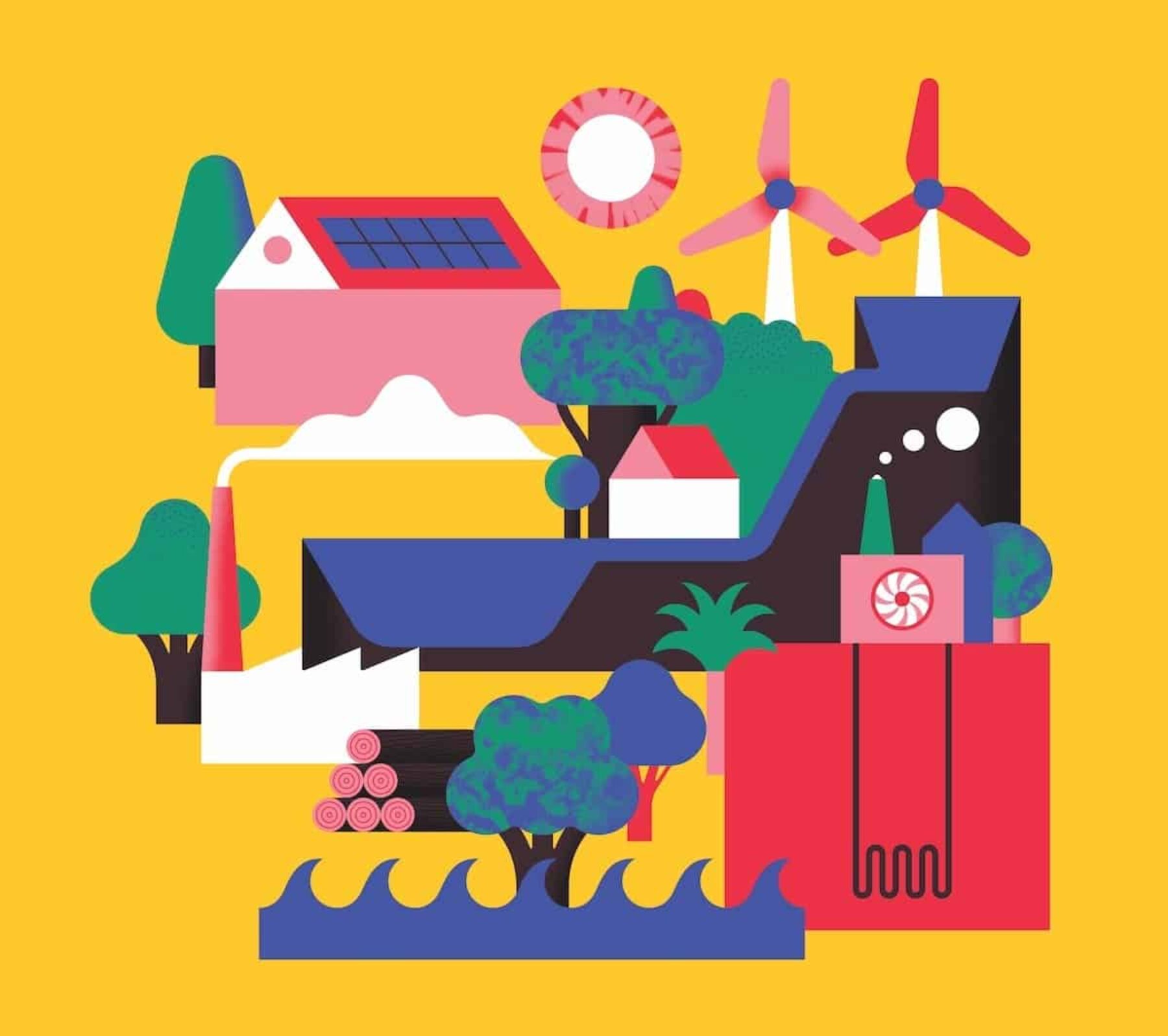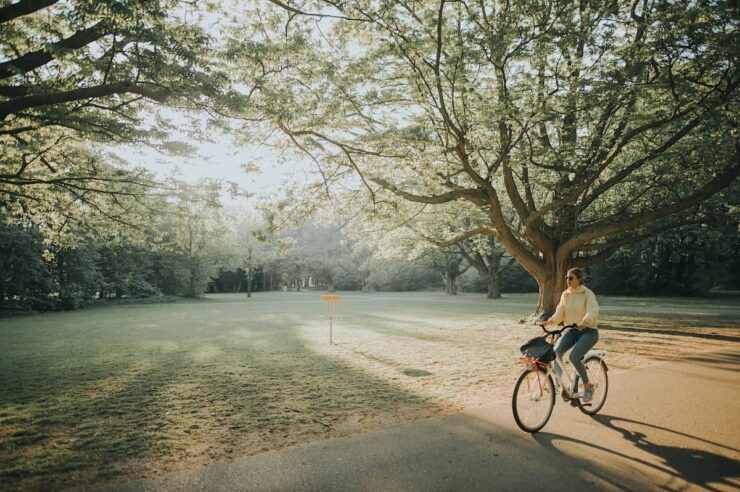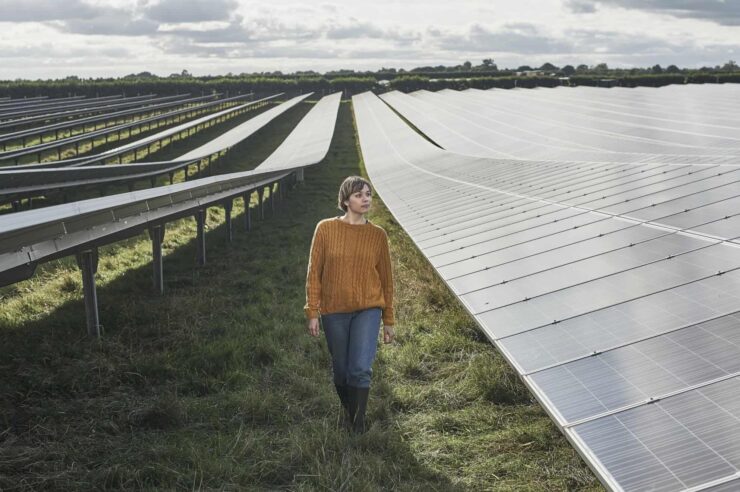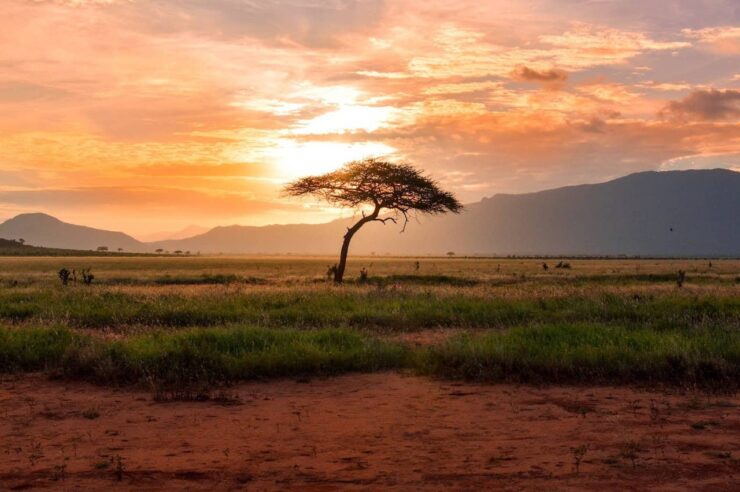It can seem as though a new renewables milestone is reached every week in the UK. So when it comes to infrastructure, technology and deployment, where are we? Here’s your quick guide
Wind
The UK is the Saudi Arabia of wind. Where they have oil, we have the breeze. After years of lukewarm political support (Margaret Thatcher’s press secretary, Bernard Ingham, famously derided wind turbines as “lavatory brushes in the sky”), successive governments have begun to cotton on to their potential.
Driven by rapidly improving technologies, falling costs and government financial support, the UK now has around 11,000 wind turbines in operation, enough to produce a quarter of our electricity needs.
It is second only to natural gas. “It’s a phenomenal achievement,” says Matthew Clayton, managing director of renewable energy investment company Thrive Renewables.
Although onshore wind remains the cheapest option, its expansion is currently limited by planning constraints, particularly in England. Offshore plants, meanwhile, have seen a rapid rise. Here the UK has great potential, thanks to an extensive coastline and a shallow seabed. The Crown Estate has recently announced substantial new areas for development of floating offshore wind farms off the UK’s south-western coasts, which could add 4GW of capacity – enough to power 4m homes.
The latest government contracts issued for offshore wind energy have been awarded to bids made at record lows, well below current average wholesale electricity prices. This means that these renewables are not only subsidy-free, but actually returning money to the government.
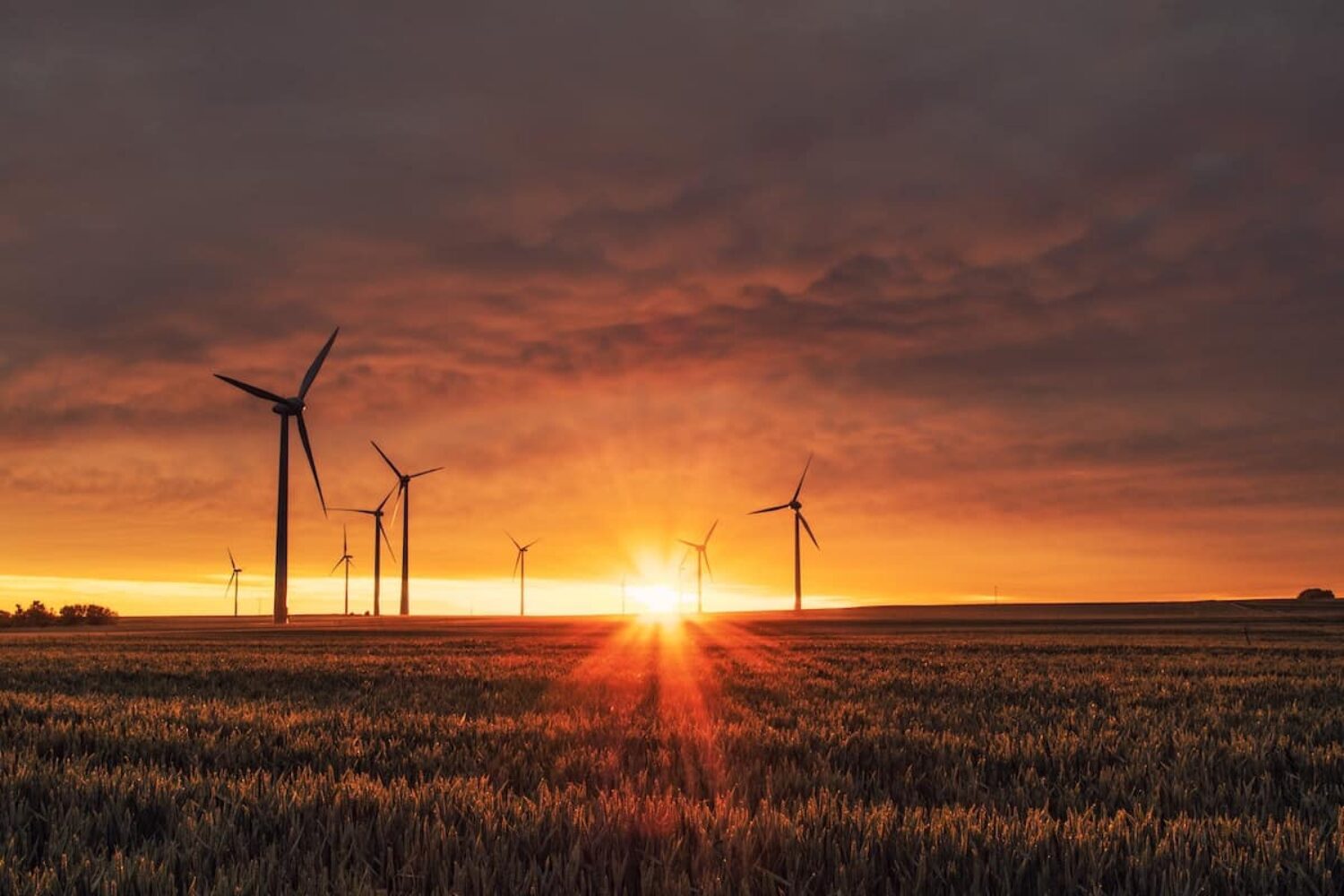
Onshore wind remains the cheapest option, but its expansion is limited by planning constraints. Image: Karsten Wurth
Solar
Plunging costs – by up to 90 per cent this century – have helped to power a rapid expansion in solar photovoltaics (PV). The UK may not be all that sunny, but modern solar PV is increasingly able to harvest meaningful amounts of power, even when it’s cloudy.
A spectacularly generous subsidy scheme a decade or so ago encouraged thousands of householders to put solar on their roofs. Now, what Clayton describes as the “absolutely staggering” fall in costs means larger solar farms are commercially viable without subsidy, spurring growth that even a pandemic couldn’t derail.
Installed capacity is skyrocketing. The UK added 545MW in 2020 alone, Covid or no Covid, an increase of over a quarter on 2019. This in turn was dwarfed by the 730MW installed in 2021 – a further 36 per cent increase. Solar now meets well over 4 per cent of our electricity needs. For Clayton, solar’s appeal is its predictability – while the amount of sunlight varies day to day, it’s fairly constant over a year.
Together with rapid advances in panel efficiency, and innovations such as tracking (where the panel follows the sun through the day), solar “has a huge role to play” in future, Clayton predicts.
Storage
But what about those times when the sun doesn’t shine, the wind doesn’t blow? Answer: storage. A well-established solution is ‘pumped storage’: using surplus power to pump water uphill into a reservoir, from where it can be released when needed to drive turbines, just like a hydroelectric plant. This tried-and-tested technology could see “a four or fivefold” increase in the coming years, says Clayton. And as climate instability increases the need for reservoirs, these could play a dual role.
Batteries, by contrast, are the new kid on the block when it comes to grid-balancing duties. Economies of scale are driving down cost here too, allowing some seriously chunky battery farms to take shape, like the new ‘gigafactory’ to be built in Coventry. Smaller modules are viable too, though.
And as Clayton points out, the growing feet of electric vehicles contains a readymade small-scale storage network in the form of their batteries, which can trickle power to and from the grid as needed.
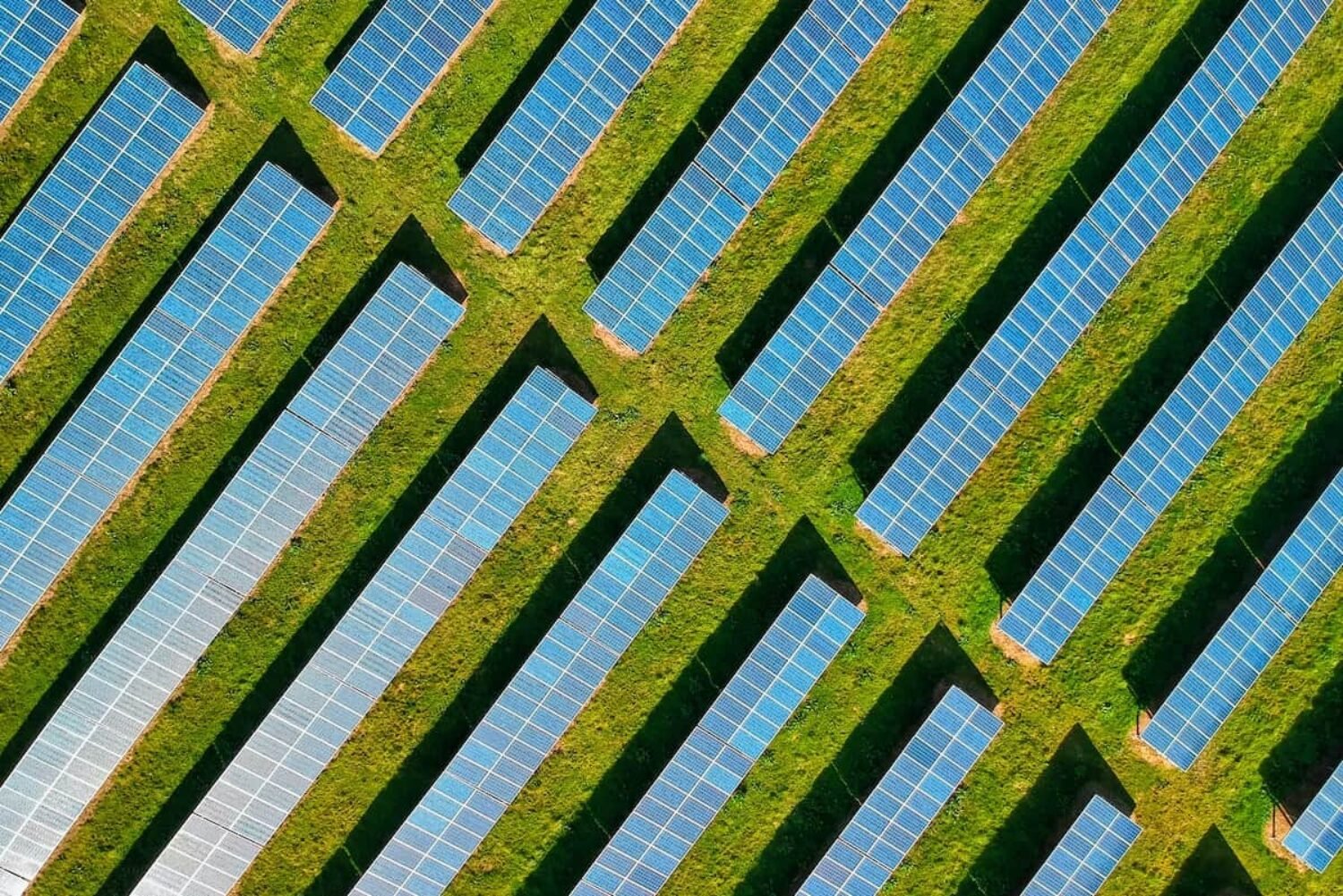
Storing solar and wind energy is key to unlocking the potential of renewables. Image: Red Zeppelin
Hydro
The UK’s industrial revolution was founded on water power, and it still plays a small but significant part in our energy mix today, meeting around 1.6 per cent of electricity needs in 2020 (the same as coal).
There is renewed interest in fairly small-scale plants: “They can provide the flexibility the grid needs,” says Clayton. The growing demand for reservoirs to keep water flowing through our taps creates an opportunity for larger-scale hydro power too.
Tidal plants such as that proposed for Swansea Bay, while expensive, could one day generate a substantial share of our electricity needs.
Biomass
Burning wood instead of coal to produce electricity is the black sheep of the renewables family. On the plus side, the mass conversion of power generation company Drax’s coal-fired plants in Yorkshire has boosted biomass’s share of the UK’s electricity production to 6.5 per cent.
Proponents argue that combining such plants with BECCS technology (biomass energy with carbon capture and storage), as Drax is developing, could even achieve a ‘net positive’ power plant – actually reducing the amount of CO2 in the atmosphere. But the technology is yet to be proven on a large scale, and concerns mount as to the future sustainability of bioenergy.
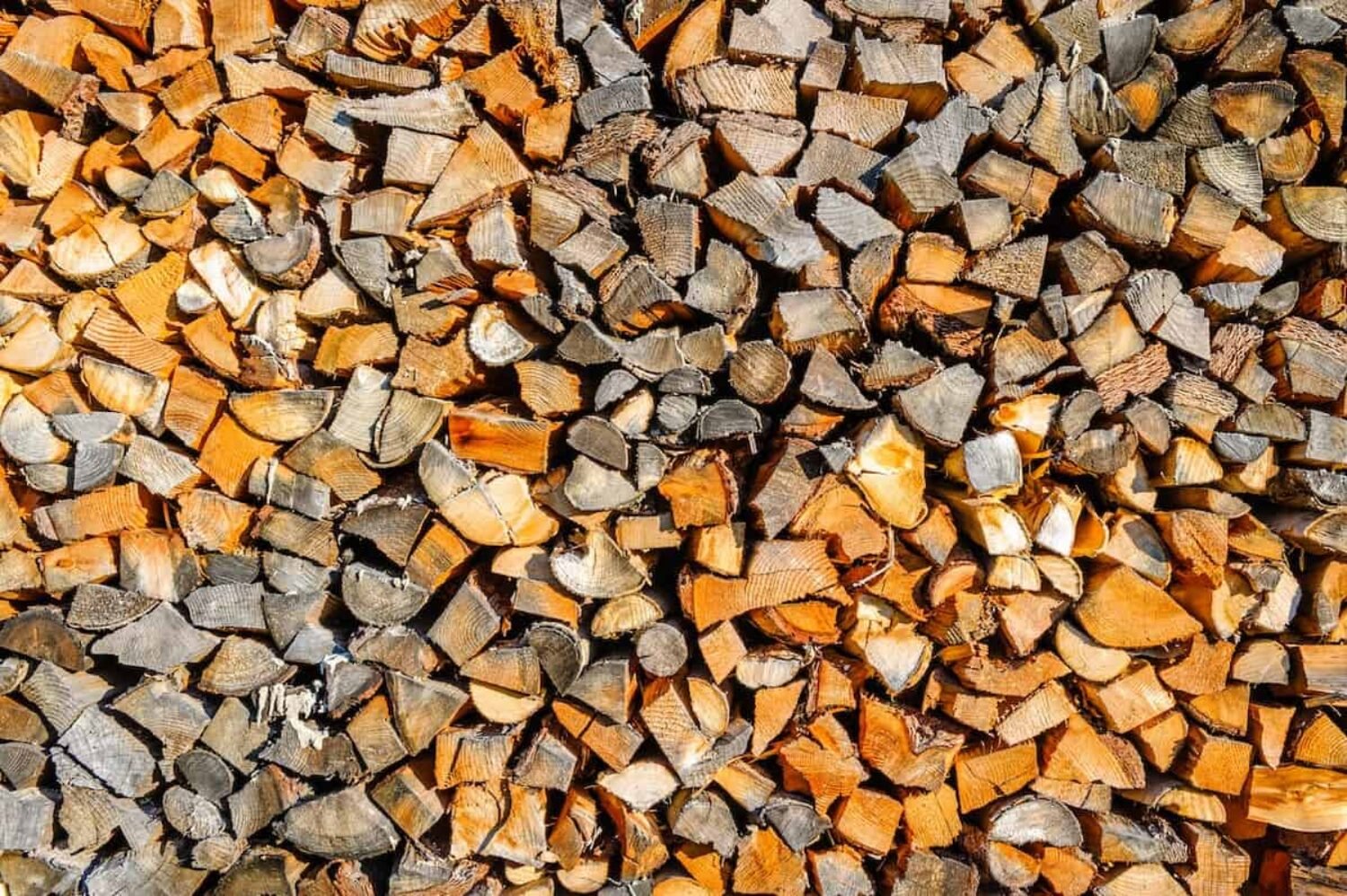
Carbon capture technology could make burning wood ‘planet positive’, supporters say. Image: Alexander Schimmeck
Geothermal
Geothermal harnesses the natural heat in rocks deep beneath the Earth’s surface, using it to produce steam that can drive electricity turbines 24/7, as well as providing heat for nearby communities. While insignificant at present, it has considerable potential, says Clayton, particularly in places like Cornwall.
Thrive is investing in a project at United Downs in Cornwall, which also has the potential to extract lithium for batteries. “Three sustainable products from one project,” says Clayton, “is really, really positive.”
Thrive Renewables has built, or funded the construction of, 26 wind, solar, hydro and heat projects. Find out more here.
Illustration: Andrea Manzati
This is an update of an article originally published on 19 October 2021.
